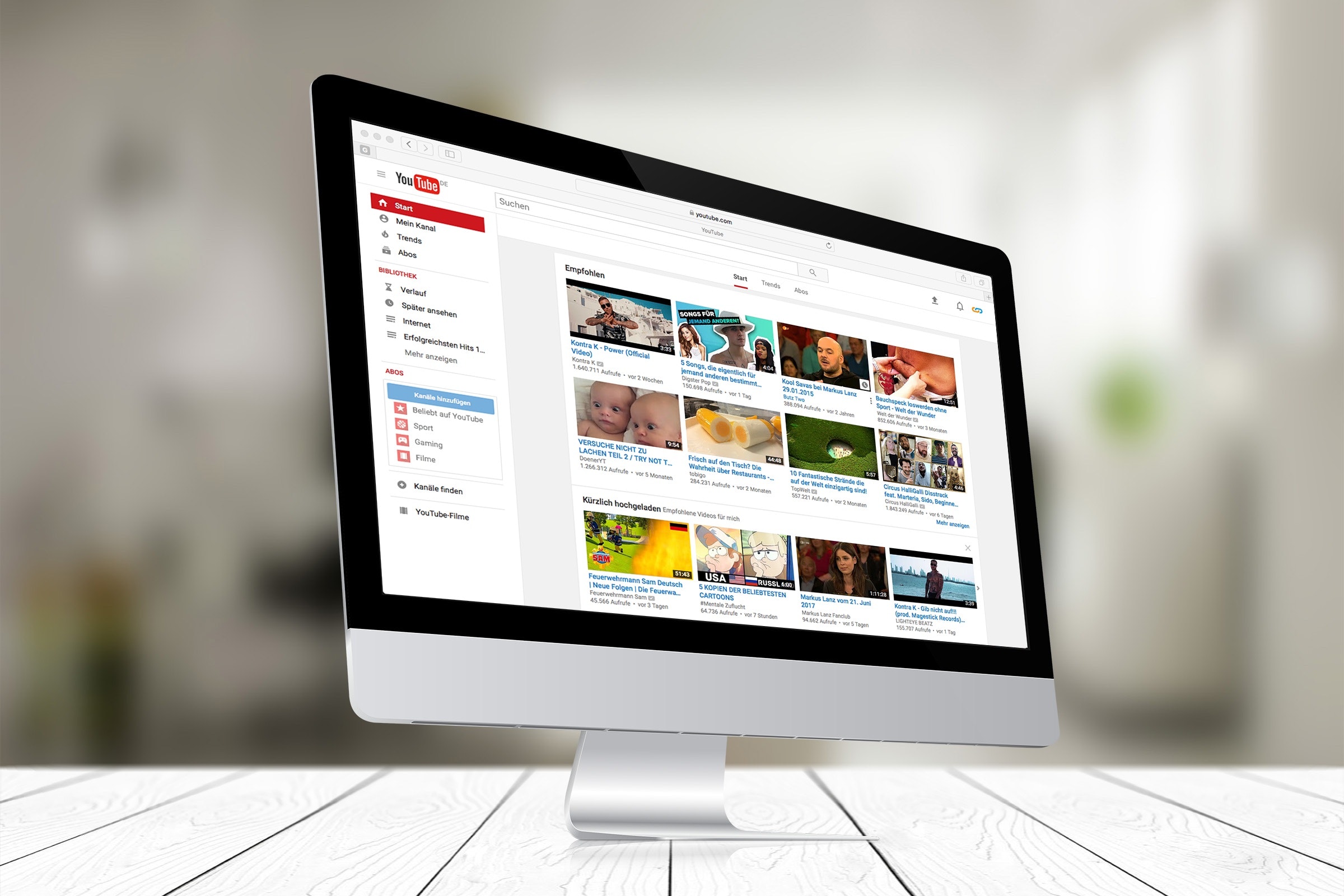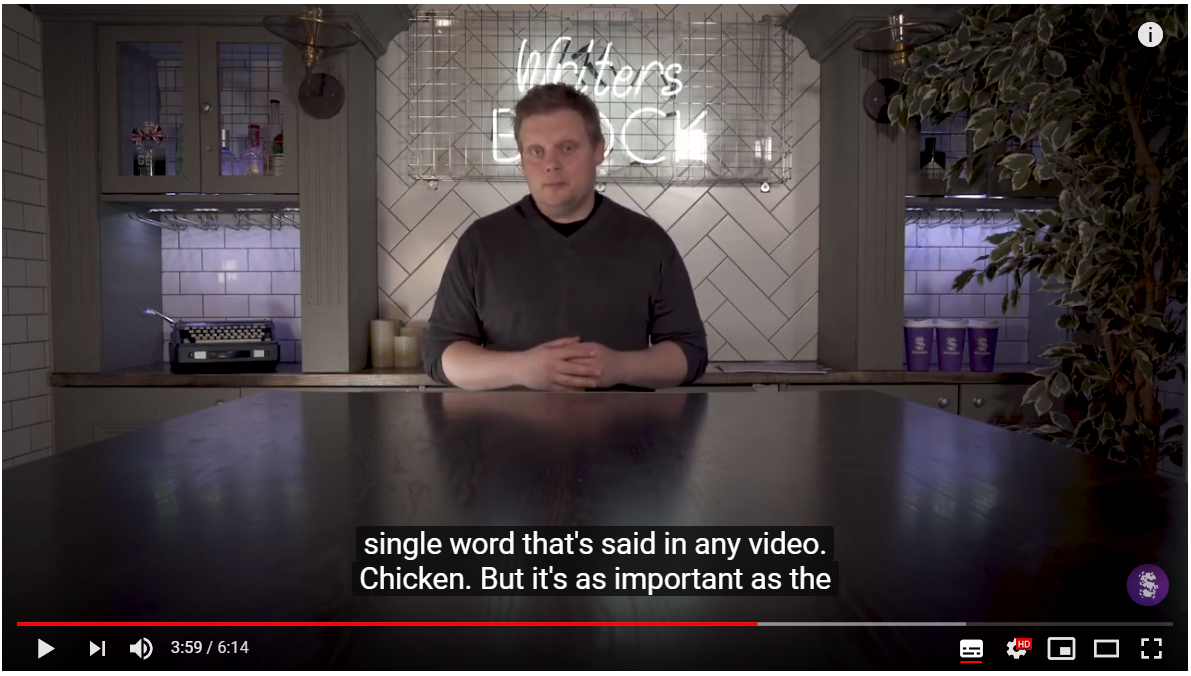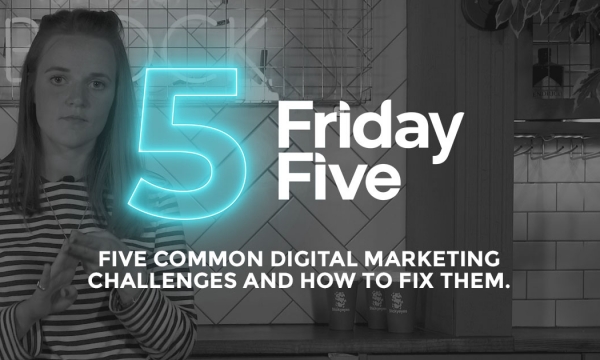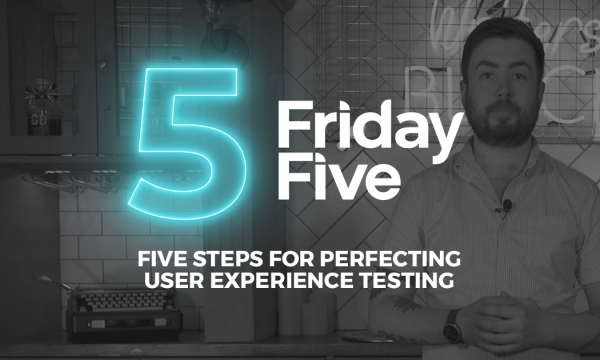Thousands of hours of content are posted to YouTube every second. It’s an incredibly competitive space, so how do you ensure that your content stands out from the crowd? Here are five fundamental steps to giving your content the best possible chance of success.
Before we go any further, I’m not going to be talking about one of the big commercial factors behind YouTube distribution – paid. That’s a different discussion for a different day.
This blog is going to focus purely on what you can do to help organic discovery. That means that we’re looking at optimizing for both the Google algorithm (in other words, the ranking factors behind YouTube) and semantic search (essentially, making sure that our content is catering to the search behaviors, needs and expectations of the user).
Titles and descriptions
As much as this may seem like such a basic step in the process, it’s hard to stress enough the importance of completing your titles, descriptions and keyword tags. These are the first factors that YouTube considers when it tries to categorise what your video is about, looking at the language, frequency, and relationship between these three fields to initially understand who will be interested in this video.
But despite this, we still see many brands publishing content to YouTube without thinking about these properly.
Don’t just think of these as an after-thought. Think about them during the pre-production, or script-writing, stage to make sure that everything you’re creating is targeted directly to the audiences that you want to be watching it.
There are several relevancy, ranking, and auditing factors that can influence how you optimise these three simple fields, but let’s start with just getting them filled in. You can audit and adapt these later.
Focus on converting viewers into subscribers
Subscribers are the people who are engaged with your channel, so you want to build up this subscriber base as much as possible.

YouTube is an endless font of episodic content production. Regular programming, released episode after episode, season after season, to any who will watch!
But it’s the conversation between publisher and consumer that makes this platform so special. Creating (and retaining) this community of ‘subscribers’ is where YouTube organic success is won or lost.
Converting video viewers into subscribers and, hopefully, brand ambassadors who will interact with and champion your content is the goal of most content publications, so make sure you listen to your audience, frame the future content around what your consumer wants. Push those subscriptions and keep your people in the loop.
Don’t underestimate the power of the thumbnail
A picture is worth a thousand words, and that’s particularly true when it comes to thumbnails.

This is not really an algorithmic ranking factor, but it has a huge impact on human search interactions, especially where screen real-estate is in short supply – on a mobile device for example.
A search action, be it through type or through voice, will deliver an algorithmically determined list of suggestions but it is the viewer that ultimately determines which result is the best one for them. A huge factor in that decision is what the thumbnail tells them about that content.
In many respects, this is the visual representation of traditional SEO. In most cases the thumbnail is the first thing you see and that makes it much more important than the title (at this point). If you have a designer nearby, that person is about to become incredibly handy.
There are some extremely advanced and interesting sciences and best practices behind thumbnails and playlists being trialled by various platforms and publishers and whilst many of these are more advanced than many publishers either can or need to consider, do think carefully about creating a unified brand through thumbnails that can engage your audiences when they are making those split-second decisions.
Close captions and subtitles
This is probably the least exciting or glamorous part of video marketing. It’s a painstaking process of writing, reviewing and deploying curated closed captions. But it is still so important for so many reasons and again, it’s an area where we see many brands neglecting this important stage.

From a search perspective, like titles, descriptions, and keyword tags, closed captions are some of the few ways in which Google can categorise (and chapter) video content to truly understand what is happening at different stages throughout the video.
Closed captions were initially applied as an accessibility function but have since been referenced as a major ranking factor as YouTube has seeks to take relevancy of request outside of the platform and into traditional search.
Rich (or enhanced) search snippets are algorithmically generated search queries that may include; text, imagery, and even chaptered aspects of a video. So, for an example search of “how to change a car tyre”, it is far easier to ‘show rather than tell’. The result would therefore rely on the viewer using the video as a reference tool at the moment of need, to achieve their task.
Yes, Google can automatically-generate closed captions and this is something that many publishers rely on, but do you really trust speech recognition software?
We have seen examples in the past where Google has mis-understood the spoken word to embarrassing or even offensive effect. Speech recognition has come a long way, but enough to trust your brand reputation with?
Listen to your ‘P-score’
Your P-score, or preference score, is essentially a measure of how popular, engaging and effective your YouTube channel is at meeting the needs of your audience and YouTube’s users. It’s not something that relates to or can be attributed to a single video but is instead a measure of your entire channel. That means that every piece of content that you publish can make a contribution to this ranking.
So as an example, factors such as channel authority, subscriptions, regularity and frequency of deployment, community engagement, device preferences, and even production quality all have an impact on the algorithmic ranking of your new video uploads. Brands that gain a reputation for publishing regular content that has high production values that can engage audiences will naturally rank more prominently than those brands that don’t tick those boxes.
It’s an iterative process. You need to grow your audience, your authority and your capability over time and in doing this, your P-score will grow. In turn, this will influence how well your new videos are positioned.


